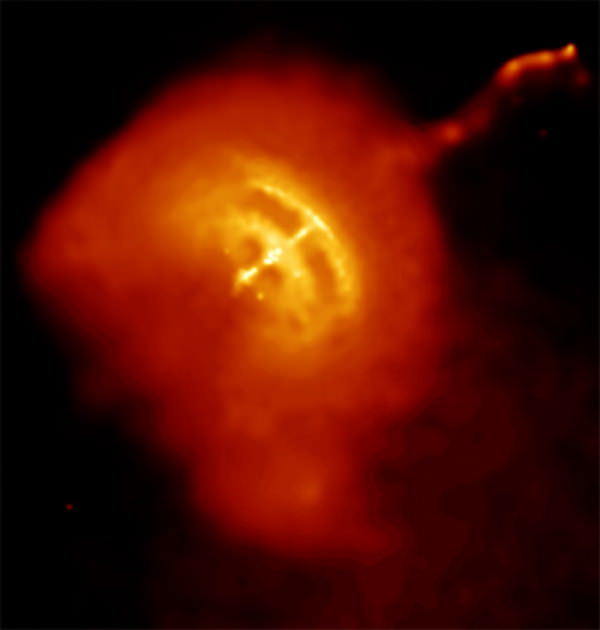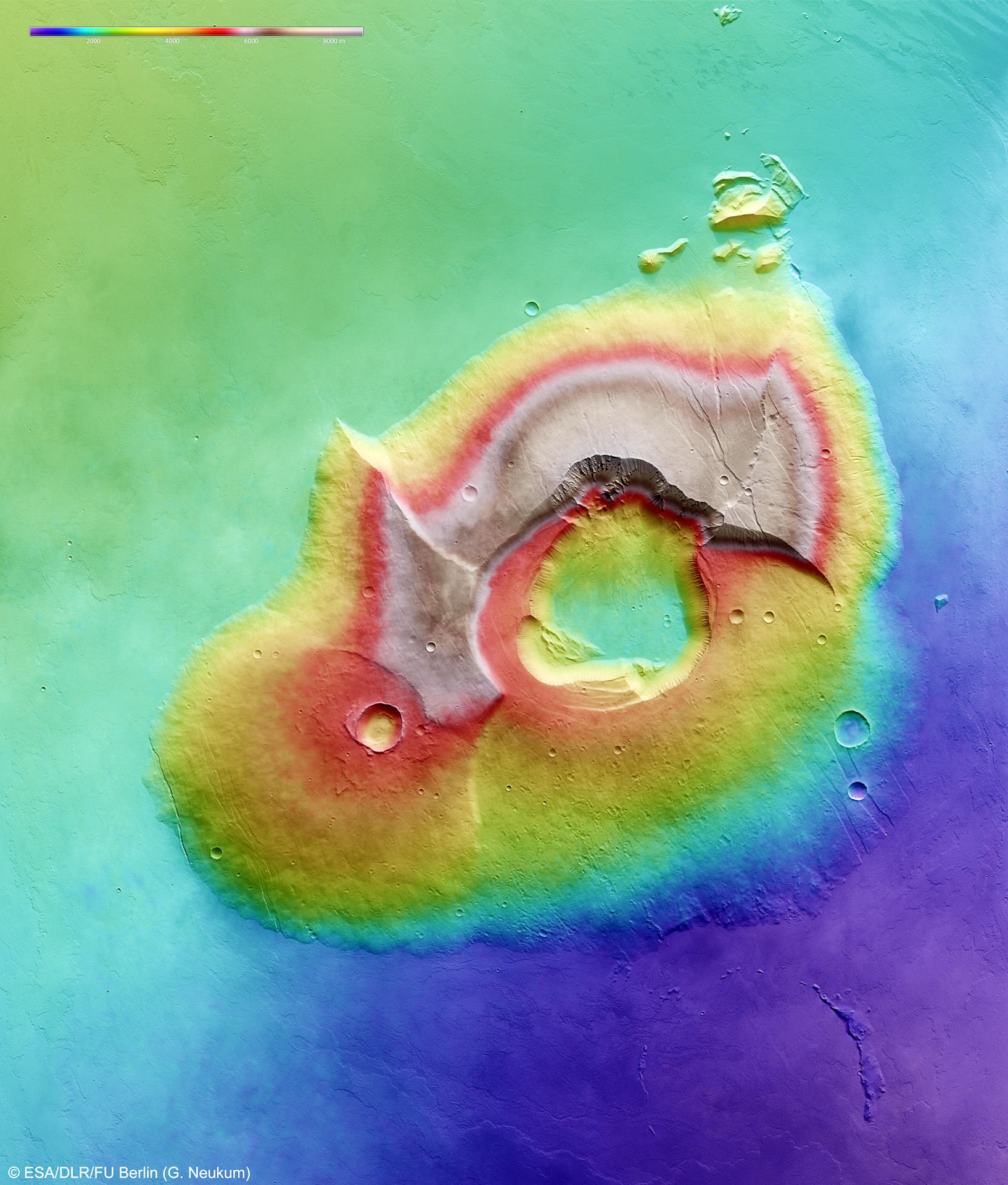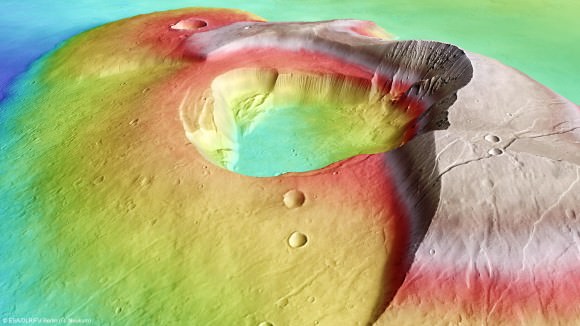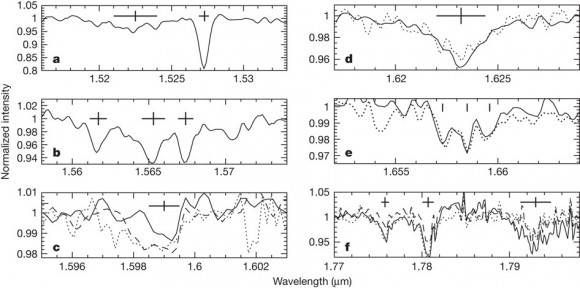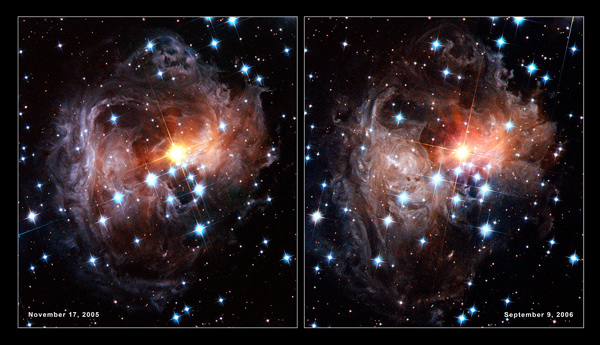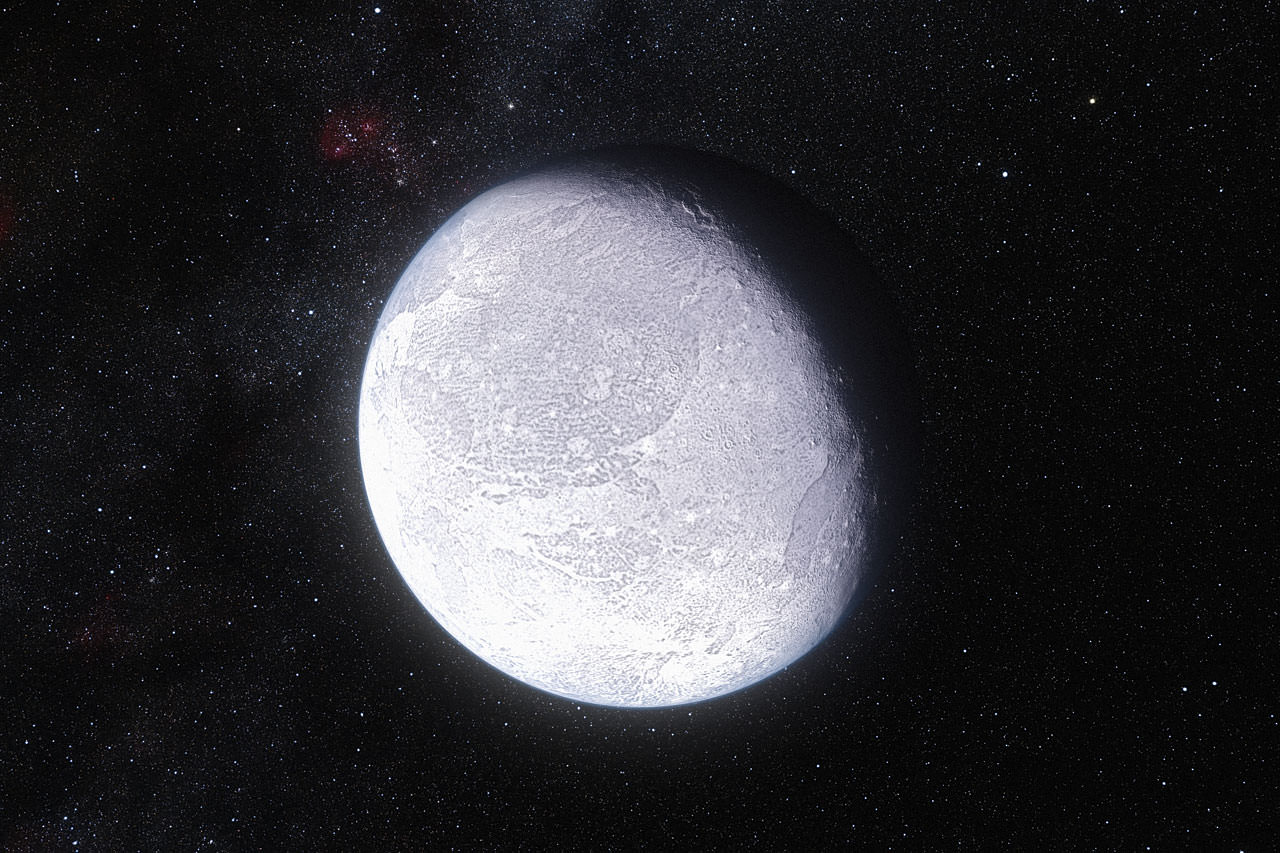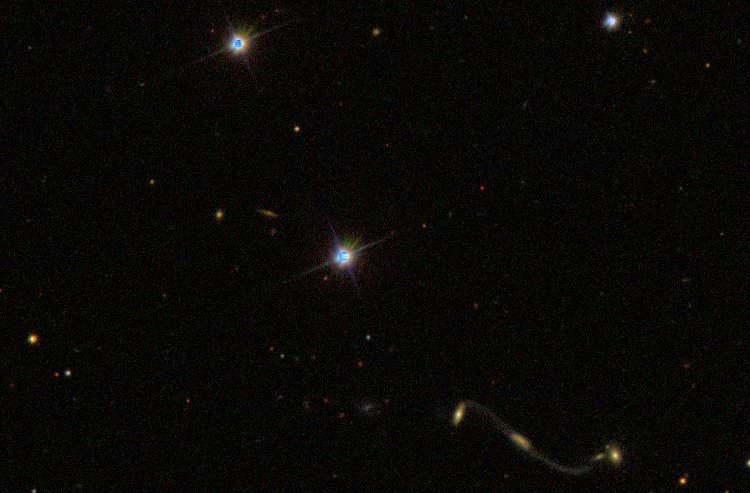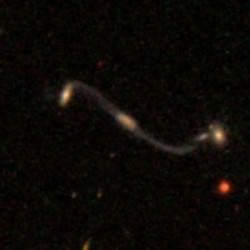[/caption]
Orion SkyQuest XT8 Classic Dobsonian Telescope, (MSRP $349.99) Orion Telescopes.
For many astronomers who are just getting started, dobsonian reflector telescopes are a popular choice. While many newcomers to Astronomy seek out computerized “go-to” telescopes, some prefer the “no-frills” setup a dobsonian telescope offers.
The Orion XT8 dobsonian is a mid-range reflector telescope. There are a few smaller and less expensive models available in Orion’s classic dobsonian series, and there are a few larger, more expensive models as well. The XT8 offers a good balance between portability, price and performance. In this review we’ll look at the build quality of the XT8, along with how it performs at planetary and “dark sky” objects.
For starters, let’s look at the raw specifications for the XT8. The XT8 features an 8″ (203mm) primary mirror. With a focal length of 1200mm, this gives a focal ratio of f/5.9. Advanced observers will enjoy the XT8’s 2″ focuser, which allows for larger eyepieces, or even a “T” adapter for short-exposure astrophotography. New observers (or those on a budget) will find the included 2″ to 1.25″ eyepiece adapter allows the use of 1.25″ eyepieces with no noticeable wiggle/slop.
The XT8 does come with a 25mm 1.25″ Plossl eyepiece which performs well as a medium-power eyepiece in the XT8. The XT8 features Orion’s EZ Finder II sight. While the EZ Finder II isn’t a terribly bad “red-dot” finder, some observers may see fit to replace the stock finder with something like a “correct image” finder scope, a laser pointer, or even a Telrad non-magnified finder.
Orion ships the XT8 in two boxes. One for the optical tube, and a second for the dobsonian mount base. The shipping box for the mount base was well thought out, minimizing potential damage to the base components. The shipping box for the optical tube was adequate, but as with any piece of delicate equipment – there can never be enough padding.
Assembling the XT8 took about half an hour by myself. With a helper, the XT8 could probably be assembled in ten minutes. Once assembled the mount base is quite sturdy and allowed for smooth rotation of the optical tube, due to the Teflon azimuth bearings. Adjusting the optical tube in altitude was equally effortless and the tension springs provided enough tension to maintain position (even pointed at the horizon) without making the tube difficult to raise or lower.
The mount base does include a carrying handle. At around 40lbs total weight, some users of the scope may prefer to carry the optical tube and base assemblies separately. Once assembled and put in place at an observing location, operation of the XT8 is fairly straight forward. Depending on what finder setup is used, aligning the finder may take just a few minutes, or slightly longer. Generally, using a very bright object (newcomers may want help with this step) in the finder makes the process of alignment easier and faster. When setting up the XT8 for this review, I aligned my Telrad finder and the telescope itself with Jupiter.
After aligning the finder, using the XT8 is simply a matter of moving the optical tube to whatever objects are desired. Once the telescope is pointed at an object, making focus and/or eyepiece adjustments are fairly trivial. The eyepiece holder features thumbscrews which do a good job of holding eyepieces in place. The focuser offers smooth operation with very little image “wobble”.
Putting the XT8 through a short observing session, I was able to obtain great views of the Moon, Jupiter, the Orion Nebula (M42), and the Andromeda Galaxy (M31). At the time of testing, the Moon was in a waning crescent phase and the XT8 brought out some great views of lunar craters near the terminator. Despite being close to the horizon, the view of lunar craters in the eyepiece were crisp and clear. Moving eastward to Jupiter revealed a delightful view of a few of Jupiter’s atmospheric bands, as well as the Galilean moons. While the view from an 8″ telescope can’t compare to the views of Jupiter from Voyager or the Hubble, the detail revealed is still quite impressive.
Saving the best for last, I pointed the XT8 at M42 (Orion Nebula) and M31 (Andromeda Galaxy). Star-hopping to M31 was fairly trivial, via Alpheratz (In Pegasus). I did switch from the stock 25mm to a lower power 40mm eyepiece, as M31 does tend to benefit from lower power eyepieces, at least visually. The view of M31 provided a fuzzy patch that clearly stood out from the background stars. Moving eastward to M42, the views were breathtaking for such a relatively small telescope. Significant detail (albeit without much color) of the gas and dust was visible, along with a bright trapezium.
In Summary, the Orion XT8 is a great mid-range telescope which balances price and performance quite well. Despite Orion classifying this telescope as an “Intermediate” telescope, the XT8 would be an excellent choice for a beginning astronomer, or even an experienced observer looking to add a new scope to their fleet.
Assembling the XT8 was a trivial task with the included wrenches, and after assembly the telescope felt very sturdy. At around 40lbs, most people will have little to no trouble carrying the XT8 from their car to their observing spot, or from the house to a spot in their backyard. The included 25mm eyepiece works well as a mid-range eyepiece, but some users may want to invest in additional eyepieces, or at the very least a 2X barlow lens.
Some users of the XT8 may choose to replace the stock finder with one of their own choosing, but the included red-dot sight is fairly adequate. With a scope as powerful as the XT8, those planning to regularly perform lunar observations may want to consider purchasing a lunar filter. Any users who choose to perform solar observations can easily obtain a glass filter lens for the XT8 at a cost of around $100.



